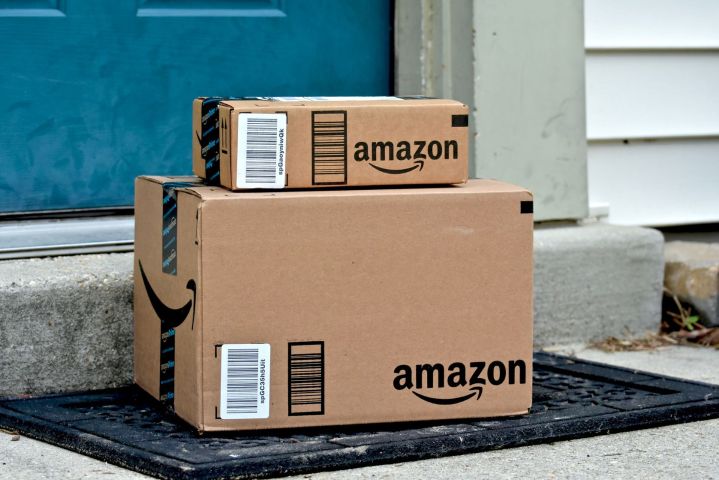
New data from research firm Consumer Intelligence Research Partners (CIRP) suggests the ecommerce giant’s subscription service now has 80 million members in the United States, double that of just two years ago.
Amazon is often cagey about giving detailed stats on its business, so analysis from the likes of CIRP is all we have to go on — unless CEO Jeff Bezos suddenly starts to open up a little more.
The numbers indicate that Amazon’s U.S.-based Prime customers each spend an average of around $1,300 per year on the shopping site, compared to around $700 per year for non-Prime customers.
Amazon Prime, which launched in 2005, offers a wide range of perks, including fast and free shipping, and instant access to thousands of movies, TV shows, music tracks, and ebooks.
In April 2016, Amazon started offering customers the chance to pay $11 a month for Prime instead of $99 a year, a slightly pricier option that seems to be proving fairly popular, with an estimated 26 percent of Amazon Prime members electing to pay monthly.
“The monthly payment plan proved attractive, even though it costs more than the annual plan,” Josh Lowitz, partner and co-founder of CIRP, said in a release. “We think that the monthly membership option appeals to the later Prime adopters, with a smaller, potentially temporary commitment, that ultimately yields a long-term commitment. With smaller-dollar, single-month decisions, the new plan winds up helping with retention rates, which already average 85 percent for a member renewing after their first year.”
CIRP points out that its figures include those currently taking advantage of the month-long free trial available to all new members as well as student memberships that are offered at a lower annual rate than the regular Prime membership fee, which it says likely accounts for up to 10 percent of Prime’s user base.
Either way, it seems the Prime membership sign-up rate shows little sign of leveling off, though at some point such a plateau is inevitable, as noted by Lowitz.
“While slower growth is expected as it reaches natural limits, Amazon had a surprisingly strong quarter. Membership grew 8 percent in the most recent quarter, compared to 7 percent growth on a smaller base in the year-ago quarter ending in March 2016.”
If you’re considering signing up to Prime but want to know more, take a moment to check out Digital Trends’ concise analysis of the service here.


